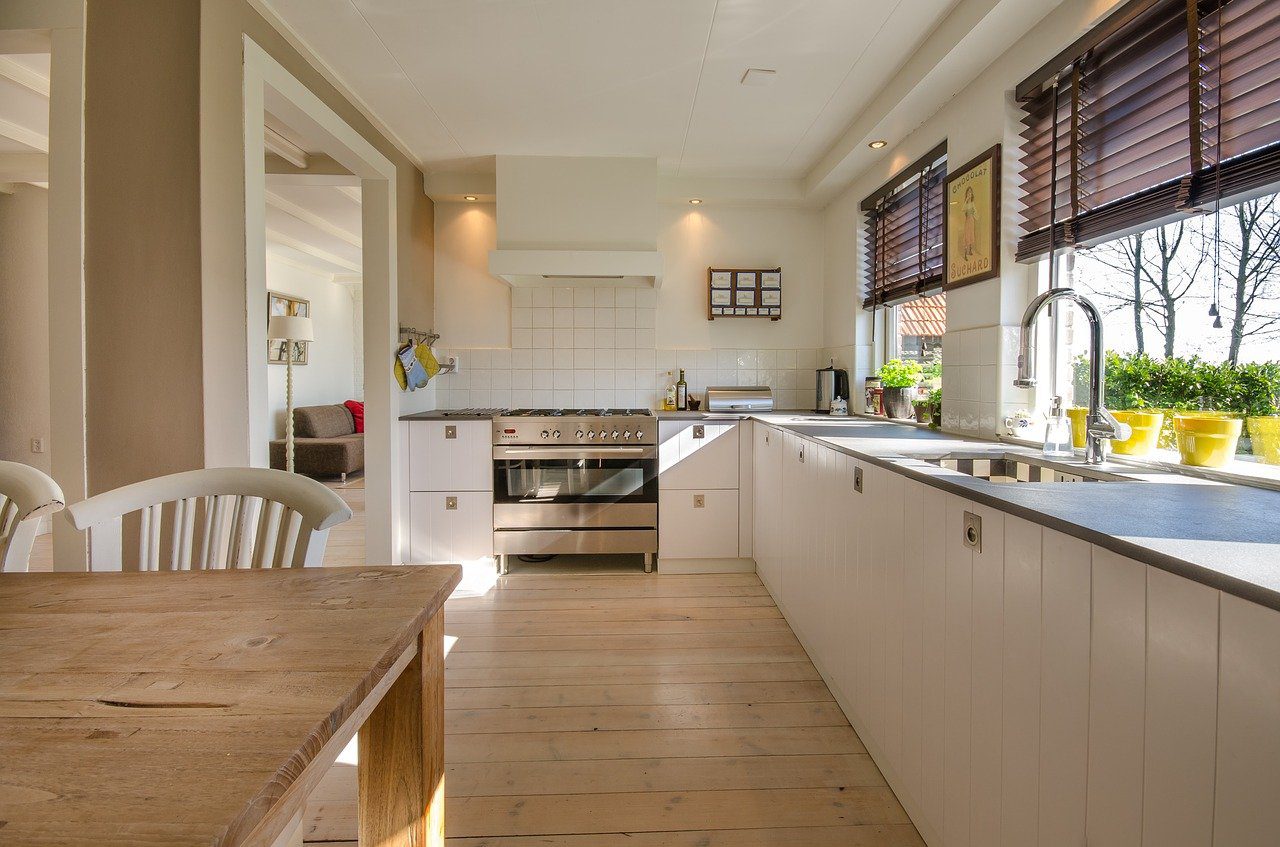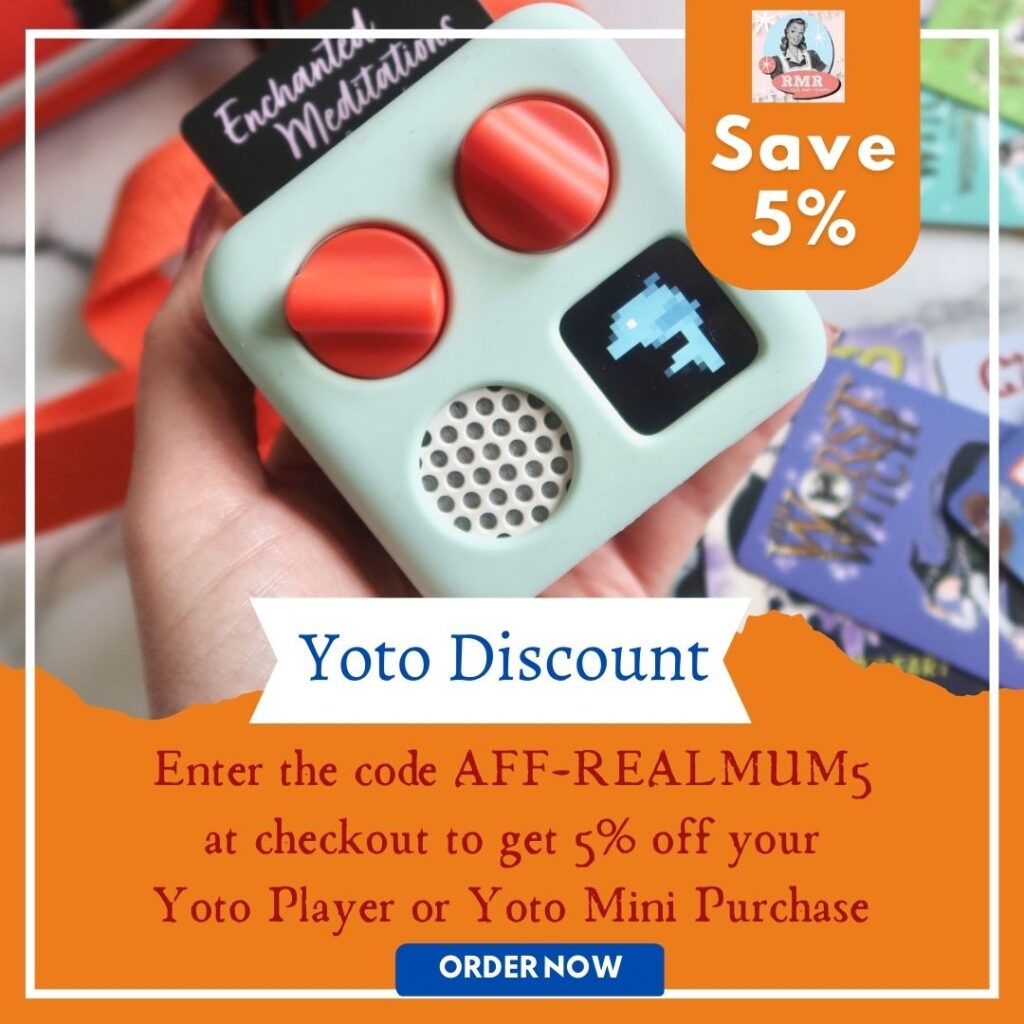This flat pack kitchen post is a collaborative post
If you are considering installing a new kitchen in your home, there are several things that you will need to consider. One of these is whether you want to go for a flat pack kitchen or a rigid kitchen. Flat pack kitchens are delivered to your home in pieces and need to be assembled when they arrive. Rigid kitchens are delivered to your home fully assembled.
So, how do you decide which kitchen is right for you? In this article, we will go over some information on both of these types of kitchens. We will also go over the advantages and disadvantages of each type to help you decide which one may be the best option for your home. The choice you make will affect the overall cost of your new kitchen so it’s important to consider all of your options so you make the best decision for you.
What is a Flat Pack Kitchen?
Flat pack kitchens arrive at your home in components that need to be fitted together to build the kitchen. These kitchens tend to use the cam and dowel method for assembly. The units will be held together with a combination of metal cams and wooden dowels.
What is a Rigid Kitchen?
A rigid kitchen is assembled at the factory with a glue and dowel assembly method. All of the pieces of the kitchen are placed inside a jig. This jig gently squeezes the components together and holds them in place for a few minutes while the glue dries.
The Pros and Cons of a Flat Pack Kitchen
There are several pros and cons of a flat pack kitchen. Below is a list of the advantages and disadvantages of a flat pack kitchen:
PROS
- They tend to be cheaper than rigid kitchens, so if you’re worried about the price of a new kitchen, this may be the best option for you.
- You can assemble a flat pack kitchen as a DIY project. This will help you to save money on the cost of labour.
- The components can be modified or cut down on-site by a skilled kitchen fitter.
- They can be equally as durable and solid as a rigid kitchen.
- These kitchens are suitable for properties that have limited access, such as apartments and flats with stairs.
- You can usually change units with the retailer after ordering if required.
CONS
- The metal cams that appear on the underside of the wall units may be unsightly.
- They often have a lot of holes in the sides of the units, which may be unsightly.
- The perceived value of a flat pack kitchen is lower than a rigid kitchen.
- Many people see a flat pack kitchen as a cheap option.
- The overall fitting time is increased due to the additional time needed to complete the assembly.
The Pros and Cons of a Rigid Kitchen
There are several pros and cons of a rigid kitchen. Below is a list of the advantages and disadvantages of a rigid kitchen:
PROS
- There are no visible cams showing underneath the units.
- Holes on the sides of the units are less visible than in a flat pack kitchen.
- The fitting time is reduced as there is no need to assemble the kitchen.
- The units tend to be very solid and durable.
CONS
- Rigid kitchens are more expensive than flat pack kitchens
- The units can’t be modified or cut down on site.
- These kitchens are not always suitable for homes with limited access, such as apartments or flats with stairs.
- Once you have ordered a rigid kitchen, no changes can be made.
- Rigid kitchens are not always better quality than flat pack kitchens.
Conclusion
As you can see, there are several advantages and disadvantages of both of these types of kitchens. It’s worth considering your needs and your desires when it comes to ordering a kitchen.
If you live in an apartment or flat, a flat pack kitchen is almost always the best option. If you want to save some money, a flat pack kitchen is also the best option. However, if you’re looking for a solid kitchen or a kitchen that is bespoke, a rigid kitchen is usually the best option.
Consider what you are wanting to get out of your new kitchen and weigh up all of the pros and cons of a flat packed kitchen when you make your choice.






